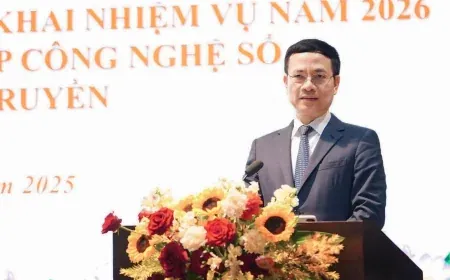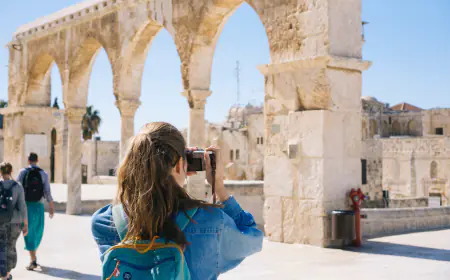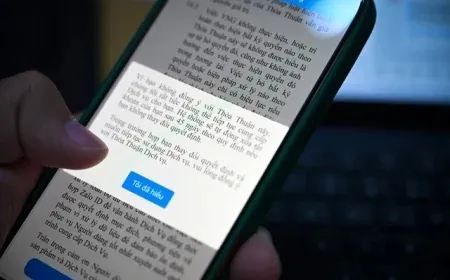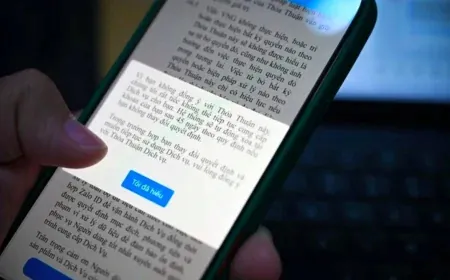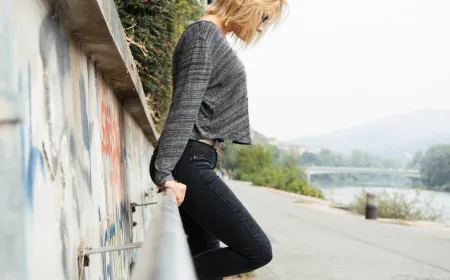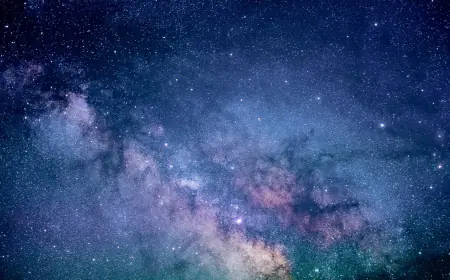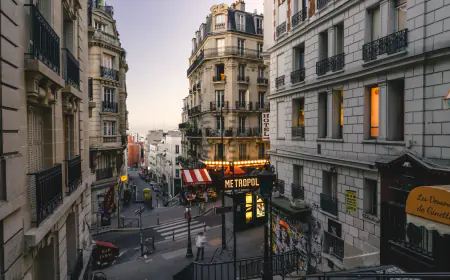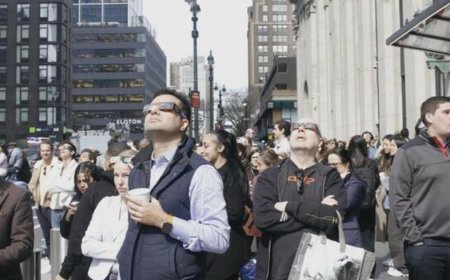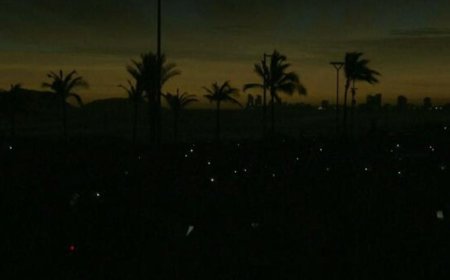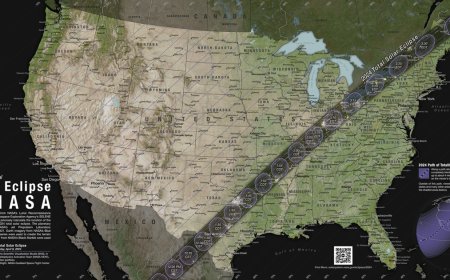The evolution of dress fashion over time
Fashion is a dynamic form of self-expression, and dress fashion, in particular, has undergone significant evolution throughout history

-
The Origins of Dress Fashion
Fashion is a dynamic form of self-expression, and dress fashion, in particular, has undergone significant evolution throughout history. From ancient civilizations to modern-day couture, clothing styles have reflected societal norms, cultural influences, and individual tastes. In this article, we embark on a journey through time to explore the fascinating evolution of dress fashion, spanning centuries and continents.
Ancient civilizations laid the groundwork for dress fashion, showcasing early examples of style and craftsmanship. In Mesopotamia, for instance, the Sumerians adorned themselves in intricately woven garments made of wool and linen, often embellished with colorful patterns and symbols. Similarly, the Egyptians crafted garments from fine linen, draping themselves in flowing robes and headdresses adorned with jewels and precious metals.
-
A Flourish of Opulence
The Renaissance period marked a resurgence of art, culture, and fashion in Europe, as affluent elites embraced lavish attire to signify their status and wealth. Elaborate gowns with voluminous skirts, corsets, and intricate embroidery became the epitome of elegance for noblewomen, while men adorned themselves in doublets, breeches, and ruffled collars. The era's fashion was characterized by opulence, with sumptuous fabrics such as silk, velvet, and brocade in rich hues adorning the elite.
-
Industrial Revolution and Fashion Democracy
The advent of the Industrial Revolution in the 18th and 19th centuries revolutionized the fashion industry, making clothing more accessible to the masses. With the mechanization of textile production, fabrics became more affordable, leading to the emergence of ready-to-wear garments. Fashion magazines and department stores proliferated, disseminating trends to a wider audience and democratizing style. The Victorian era saw the rise of tailored suits for men and modest yet structured dresses for women, reflecting the values of morality and propriety.
-
Diversity and Innovation
The 20th and 21st centuries ushered in an era of unprecedented diversity and innovation in dress fashion. The roaring twenties embraced the liberating styles of flappers, with their dropped waistlines and shorter hemlines challenging societal norms. The mid-century witnessed the glamour of Hollywood influencing fashion, with figure-hugging silhouettes and sophisticated tailoring dominating the scene. In recent decades, fashion has become increasingly eclectic, with designers drawing inspiration from global cultures, streetwear, and sustainable practices. Gender-fluid fashion, eco-conscious brands, and digital influencers have reshaped the landscape, reflecting the values and aspirations of contemporary society.
What's Your Reaction?





















